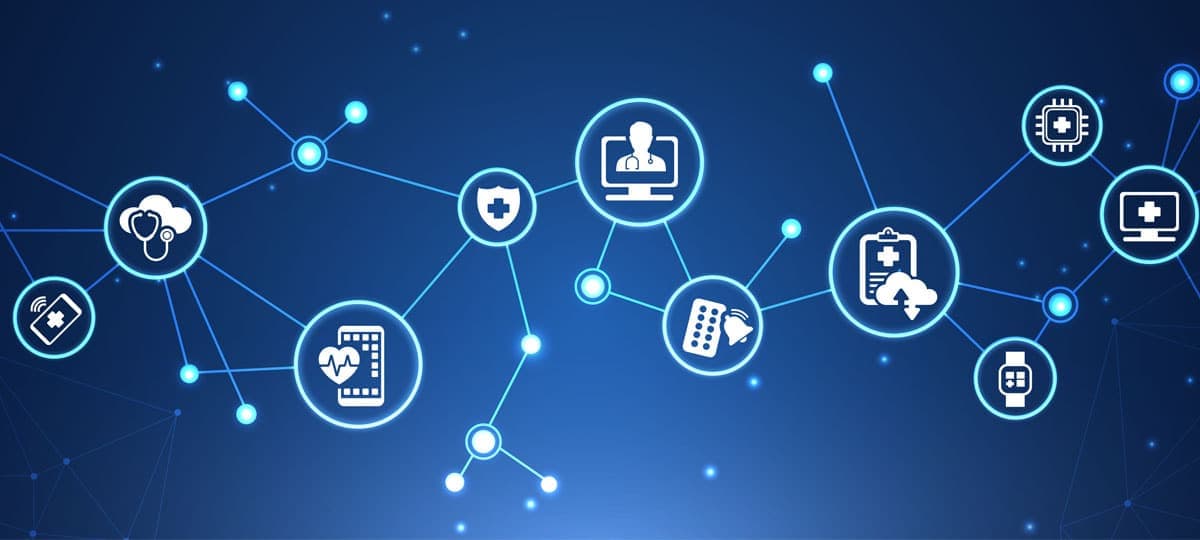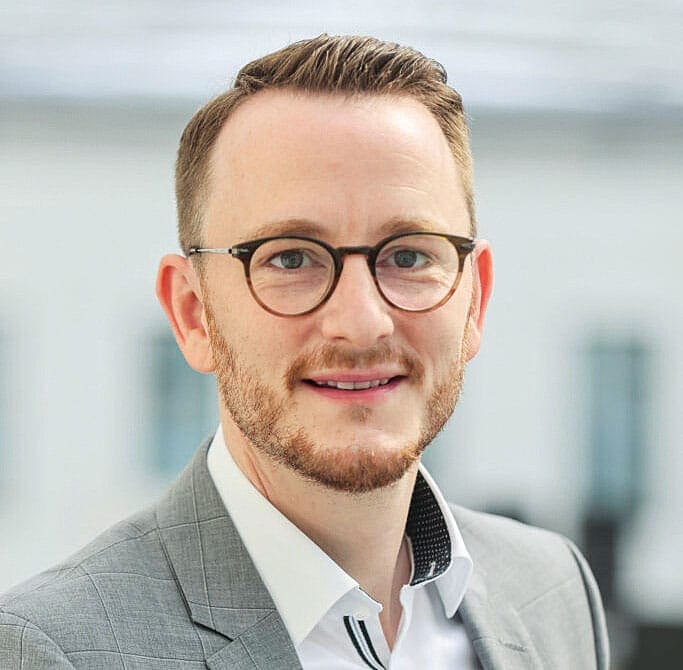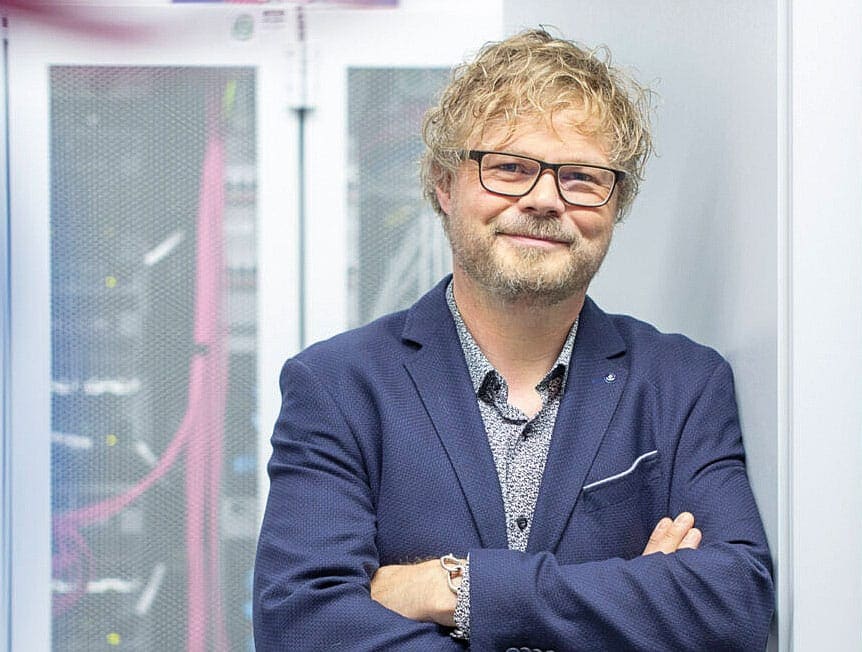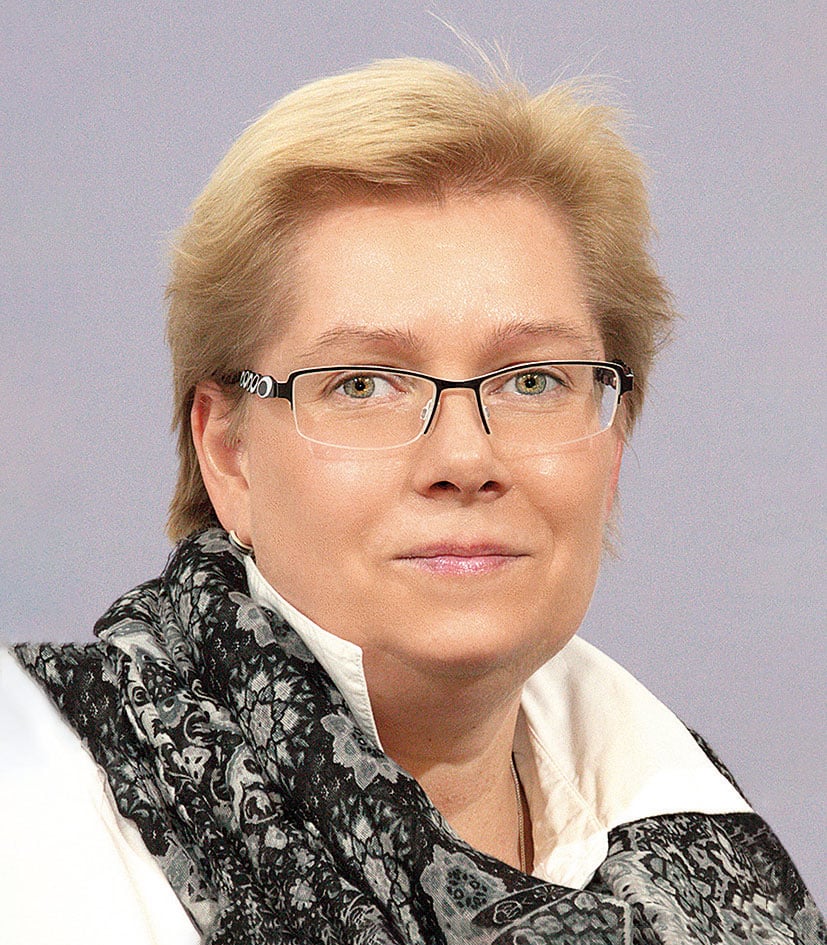

DSAG survey: SAP healthcare strategy does not match hospital reality
The DSAG Healthcare working group took this announcement as an opportunity to determine the status quo within the hospitals and clinics represented in the working group by means of a survey. In the period from November 29 to December 12 last year, 55 participants of the DSAG Healthcare working group took part in the survey. More than two-thirds of the respondents work for hospitals and clinics with fewer than ten hospitals in the network. Just under one-third work for hospitals or clinics with more than ten hospitals in the network. In total, respondents represent hospitals with 133,224 beds.
80 percent approval
Even almost half a year after the announcement, clinics and hospitals are facing a serious situation. For example, two-thirds of respondents currently use IS-H for patient administration and billing, and for 80 percent, the solution is the patient-managing system. "In many clinics and hospitals, IS-H is also used for other purposes, such as non-hospital billing, documentation or connection to the telematics infrastructure and data reporting. These hospitals will be hit even harder by the new SAP strategy," says Hermann-Josef Haag, DSAG Executive Vice President Human Resources and Public Sector.

"It is unrealistic to expect all homes to be able to migrate to partner solutions between 2024 and 2030, which are not currently developed"
Hermann-Josef Haag,
Chief Human Resources Officer
and Public Sector, DSAG
The trend is clearly towards more integration, which makes the elimination of IS-H doubly problematic. Today, an integration platform must do more than ever before, because the trend in healthcare is toward more processes, systems, and data. Interoperability between systems occurs when the central server supports common healthcare data exchange standards, protocols, and profiles. Stability and high availability of the integration platform also play an important role, as a failure of the solution would be fatal. In addition, functions for employee authentication and controlled data access contribute to IT security.
According to SAP, the functionalities for patient administration and billing that have been mapped in IS-H to date will be covered in the future by modern hospital information systems (HIS) from various manufacturers. "Against the background that more than half of the respondents use i.s.h.med as their leading clinical information system, this is a fatal situation," judges Michael Pfeil, DSAG Healthcare Working Group Spokesperson. The DSAG's demand is correspondingly clear: Hospitals that use i.s.h.med need clarity as quickly as possible about how and when Oracle-Cerner will present a binding successor, at least with the existing functions and a perspective for enhancements.

"The FHIR interface in SAP Business Technology Platform continues to be touted by SAP, but it's unclear to us as users how specifically to proceed with it - and most importantly, we don't know if health data would then be in the cloud"
Michael Pfeil,
Spokesman of the Healthcare Working Group, DSAG
HIS functionality
13 percent of respondents said that the replacement was already underway, and another 13 percent had already started planning before the SAP announcement. 24 percent were considering the issue as a result of the SAP announcement. Half had no replacement plans at the time of the survey. The survey also asked about the scope of in-house developments (Abap modifications) in the IS-H and i.s.h.med areas. 64 percent estimate these to be extensive, whereas
27 percent use in-house developments to a medium extent and nine percent rate the proportion of their in-house developments as low.

"SAP says it wants to let its customers choose their modular setup for patient billing and their clinical processes with this strategy. But we can't wait any longer. SAP partners must finally tell us how quickly they can realize a complete solution for patient billing and administration for us, in the best case supplemented by the necessary HIS functionalities."
Tatjana Neitz-Kluge, Deputy Spokesperson of the Healthcare Working Group, DSAG
Private vs. public cloud
The survey also determined the status quo with regard to S/4 in hospitals and clinics. Four percent of the hospitals surveyed have S/4 on-prem (private cloud) in use, and five percent have an implementation project underway. "Although 47 percent are still planning to use S/4 on-prem, almost as many are undecided, at 42 percent. The new SAP Healthcare strategy has caused many companies' current S/4 pre-implementation and implementation projects to falter or even come to a complete halt," says Michael Pfeil, DSAG Healthcare working group spokesperson. This is fatal, because even more valuable time is lost for the many tasks ahead.
Another topic of the survey was the fundamental attitude to cloud applications for S/4, personnel and patient management, and medical-clinical solutions. Eleven percent of respondents categorically rule this out, 62 percent consider the use of cloud applications conceivable but not for healthcare data, and 24 percent think it is conceivable. Four percent say they would like to use cloud applications. Similarly, the survey asked whether there are any restrictions on the use of cloud services at the facilities. Multiple answers were possible here. 71 percent see a legal conflict with data protection and data security when storing patient data. 60 percent of respondents say they face security concerns. 55 percent speak of concerns about availability.
FHIR interface
"Only three hospitals did not specify any restrictions on the operation of cloud services. That is a vanishingly small proportion," says Tatjana Neitz-Kluge. This aspect becomes relevant against the background that SAP has indicated that it wants to offer further different options beyond the existing interfaces (API) in order to integrate hospital information systems, which are to map the previous IS-H functionalities in the future, into the S/4 core system. These options include Foundation Services, a connection via the FHIR interface (Fast
Healthcare Interoperability Resources) in the cloud. "The FHIR interface in the SAP Business Technology Platform continues to be propagated by SAP, but it is unclear to us as users how we should proceed with it in concrete terms - and above all, we do not know whether the healthcare data would then be in the cloud," explains Michael Pfeil.
The KHZG ties up resources and puts considerable pressure on all healthcare facilities, consultants and implementation partners. At the same time, extensive investments are currently being made in the current HIS, which must be questioned if SAP's announcements on IS-H mean that the HIS system strategy must now also be reconsidered. This, he said, further hinders S/4 projects. "Against this background, it is not surprising from DSAG's point of view that only nine percent of those surveyed see a realistic chance of implementing an IS-H successor solution by the end of maintenance in 2027 - assuming, of course, that it is available on time," explains Tatjana Neitz-Kluge. 42 percent consider 2030 to be realistic. Almost half of the respondents indicate "other" for this question and name conditions such as a successor solution available in time and competent partners with sufficient resources as prerequisites for actually implementing an IS-H successor solution by 2030.
Conclusion: More time
The prevailing lack of clarity is causing uncertainty. From the user's point of view, SAP's strategy in the healthcare sector is incomprehensible and must be viewed critically. In short, one of DSAG's key demands on SAP is therefore: more time. SAP has given a mainstream maintenance commitment for the ERP Central Component software, ECC, until December 31, 2027, which is followed by a fee-based optional extended maintenance until the end of 2030. "It is unrealistic to expect all hospitals to be able to migrate to partner solutions between 2024 and 2030, which are not currently developed," explains Hermann-Josef Haag, adding, "The potential partners and the IT departments in the hospitals themselves do not have sufficient resources to serve all hospitals." Accordingly, a first important step would be for SAP to offer Extended Maintenance at no extra charge.





